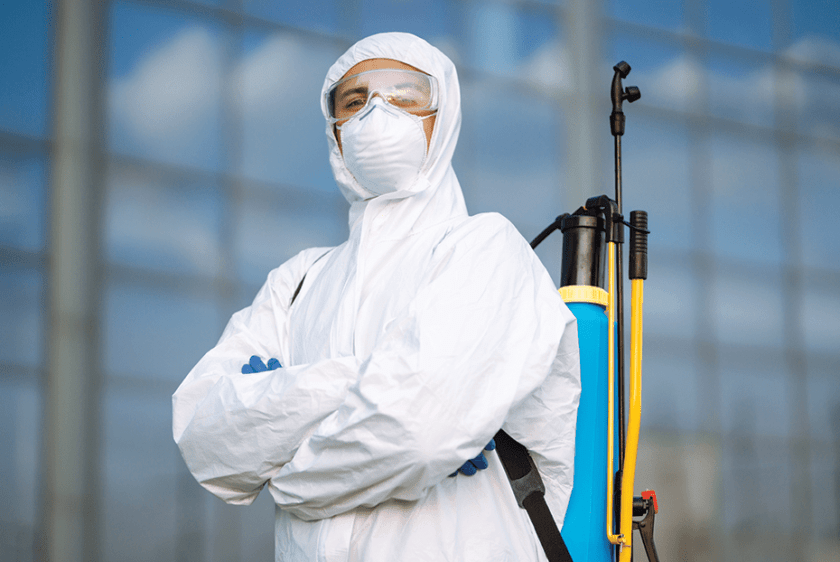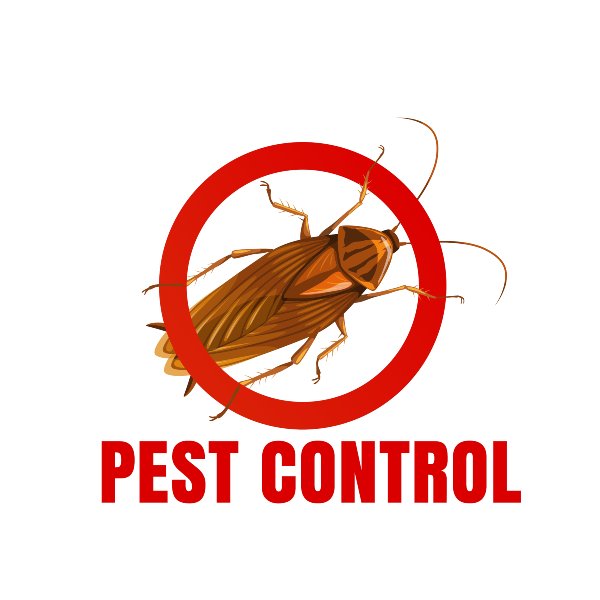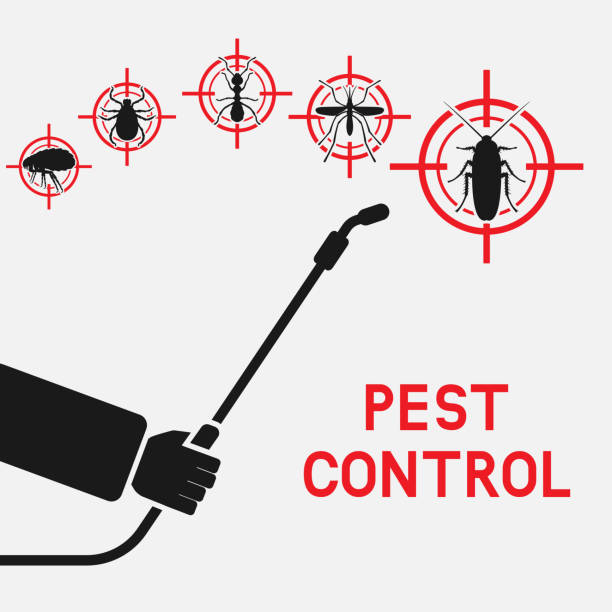Affordable Rat Control Coquitlam Services to Keep Your Home Safe
Affordable Rat Control Coquitlam Services to Keep Your Home Safe
Blog Article
Safe and Trusted Insect Control for Lasting Protection
Efficient insect management calls for a complex technique that stabilizes ecological integrity with the need for effective bug suppression. The subtleties of these methods might not be quickly clear, motivating a more detailed exam of the techniques that can lead to sustainable pest control end results.
Recognizing Bug Control Techniques
Insect control includes a range of approaches focused on handling and eradicating undesirable bugs and rats that can threaten both health and wellness and home. Recognizing these techniques is important for effective bug management.
The primary groups of bug control approaches consist of mechanical, biological, and chemical techniques. Mechanical approaches include physical obstacles and traps to prevent pest entry and capture undesirable types. Utilizing displays on home windows or using sticky traps can significantly reduce pest populaces without introducing harmful compounds - exterminator coquitlam.

Chemical parasite control is commonly one of the most recognized technique, using pesticides to get rid of bugs. These chemicals can be efficient however should be used with care to prevent negative effects on non-target types and the setting.
Advantages of Eco-Friendly Solutions
How can environment-friendly solutions transform insect control methods? The fostering of green bug control methods uses numerous benefits, substantially boosting the efficiency and safety and security of parasite management.

One more advantage is the favorable effect on local biodiversity. Eco-friendly services are made to target particular parasites while maintaining beneficial bugs and wildlife, promoting a well balanced environment. This method aligns with the growing consumer need for lasting practices, improving the reputation of bug control providers.
Integrated Pest Monitoring Approaches
The implementation of eco-friendly services normally results in the fostering of Integrated Parasite Administration (IPM) methods, which better enhance insect control efficacy. IPM is an alternative approach that incorporates multiple techniques to manage insect populaces while minimizing ecological influence. This strategy emphasizes using organic, cultural, mechanical, and chemical controls, ensuring a well balanced and lasting approach of parasite administration.
One basic facet of IPM is the detailed evaluation of insect activity and ecological problems. By checking insect populations and identifying their life process, experts can apply targeted treatments that interfere with the parasite's environment or lifecycle, reducing dependence on chemical pesticides. Additionally, cultural techniques such as crop turning and environment manipulation can substantially diminish bug establishment and recreation.
One more vital element is the use of biological control agents, such as beneficial insects or microbes, which can naturally subdue pest populaces. When chemical applications are essential, IPM prioritizes using low-risk pesticides and applies them uniquely, decreasing exposure to non-target microorganisms and humans.
Incorporating IPM techniques not just enhances insect control efficiency but likewise advertises a safer ecosystem, lining up with the expanding demand for sustainable practices in parasite monitoring.
Safe Practices for Property Owners
Recognizing the importance of safe techniques in bug control can empower homeowners to efficiently take care of insect problems while securing their health Related Site and the setting. Implementing non-toxic methods and precautionary actions is critical in decreasing direct exposure to dangerous chemicals.
House owners must first assess their atmosphere for conditions that attract pests, such as standing water, food, and clutter waste. Regularly cleaning and sealing access factors can hinder insects from getting into the home. Utilizing all-natural deterrents, such as crucial oils or diatomaceous planet, can give reliable options to chemical pesticides.
When chemical therapies are essential, homeowners need to go with items that are specifically identified as safe for property use. It is necessary to comply with application guidelines thoroughly to stay clear of overexposure. Utilizing targeted therapies in locations where pests are determined, rather than blanket splashing, can dramatically reduce chemical use.
Last but not least, preserving open communication with parasite control specialists is vital. Home owners should ask about the safety and security of items utilized and request green choices whenever feasible. By embracing these safe practices, house owners can develop a healthier living setting while successfully taking care of pest issues.

Tips for Long-Term Protection
Establishing a bug administration approach that emphasizes lasting defense can significantly boost the effectiveness of the secure methods previously discussed. To attain this, homeowners ought to implement regular inspections of their property, concentrating on hidden locations such as attic rooms, cellars, and crawl rooms. Early detection of insect activity is vital in avoiding invasions from holding.
These methods decrease attractants that attract pests right into the home. Securing entrance factors, such as splits around doors and home windows, can properly block potential insect access.
Landscape design ought to additionally be taken into consideration; keeping plants cut and keeping a distance between plants and the home minimizes concealing areas for parasites. Utilizing all-natural deterrents, such as necessary oils or diatomaceous planet, can even more prevent problems without turning to severe chemicals.
Finally, teaming up with an expert bug control service for periodic evaluations can provide an extra layer of protection. These professionals can provide customized recommendations and advanced treatments, making certain that your home continues to be protected versus bugs in the lengthy term.
Conclusion
Finally, trustworthy and safe bug control requires a complex strategy that highlights green techniques and integrated parasite monitoring. By executing natural deterrents, conducting regular examinations, and preserving appropriate hygiene, homeowner can significantly minimize parasite populaces while shielding helpful insects and the environment. Cooperation with professional pest control solutions boosts the effectiveness of these strategies, making sure customized services that offer long-term defense and assurance against future problems.
Reliable parasite monitoring needs a multifaceted technique that my link balances environmental honesty with the need for effective pest reductions. The adoption of green pest control approaches supplies numerous benefits, significantly improving the effectiveness and safety and security of bug management.The execution of green solutions normally leads to the adoption of Integrated Bug Monitoring (IPM) techniques, which even more boost insect control effectiveness. Source exterminator coquitlam. By monitoring parasite populaces and determining their life cycles, specialists can execute targeted interventions that interrupt the insect's habitat or lifecycle, reducing dependence on chemical pesticides.In final thought, risk-free and trusted insect control requires a complex technique that emphasizes eco-friendly approaches and integrated insect administration
Report this page